Package Contents
Free Medical Consultation
Clinical Interpretation Service
Transfer to / from Airport*

We helped 523,233 patients achieve their dream look. Let us help you through your transformative journey.

The hair treatments, including hair transplantation, PRP therapy, and scalp micropigmentation, are tailored to address a variety of concerns. Using the most advanced technology and innovative techniques, we ensure every patient receives individualized care designed to meet their unique hair restoration goals, resulting in natural-looking, impressive outcomes.
 Every human being is different. The surgery process and procedures we offer may change depending on your case.
Every human being is different. The surgery process and procedures we offer may change depending on your case.






Contacted the company through WhatsApp. They talked me through each step of the way and kept in touch daily on the lead up to my flights. Transfers and hotel were provided as promised and the hospital was very nice. The Surgeons and nurses were excellent during my stay.

Hair Transplant Patient
I had the best experience with Estetik International! Not only are the results perfect, also all of their staff! I get so many compliments for my nose and I can recommend this clinic from the bottom of my heart!
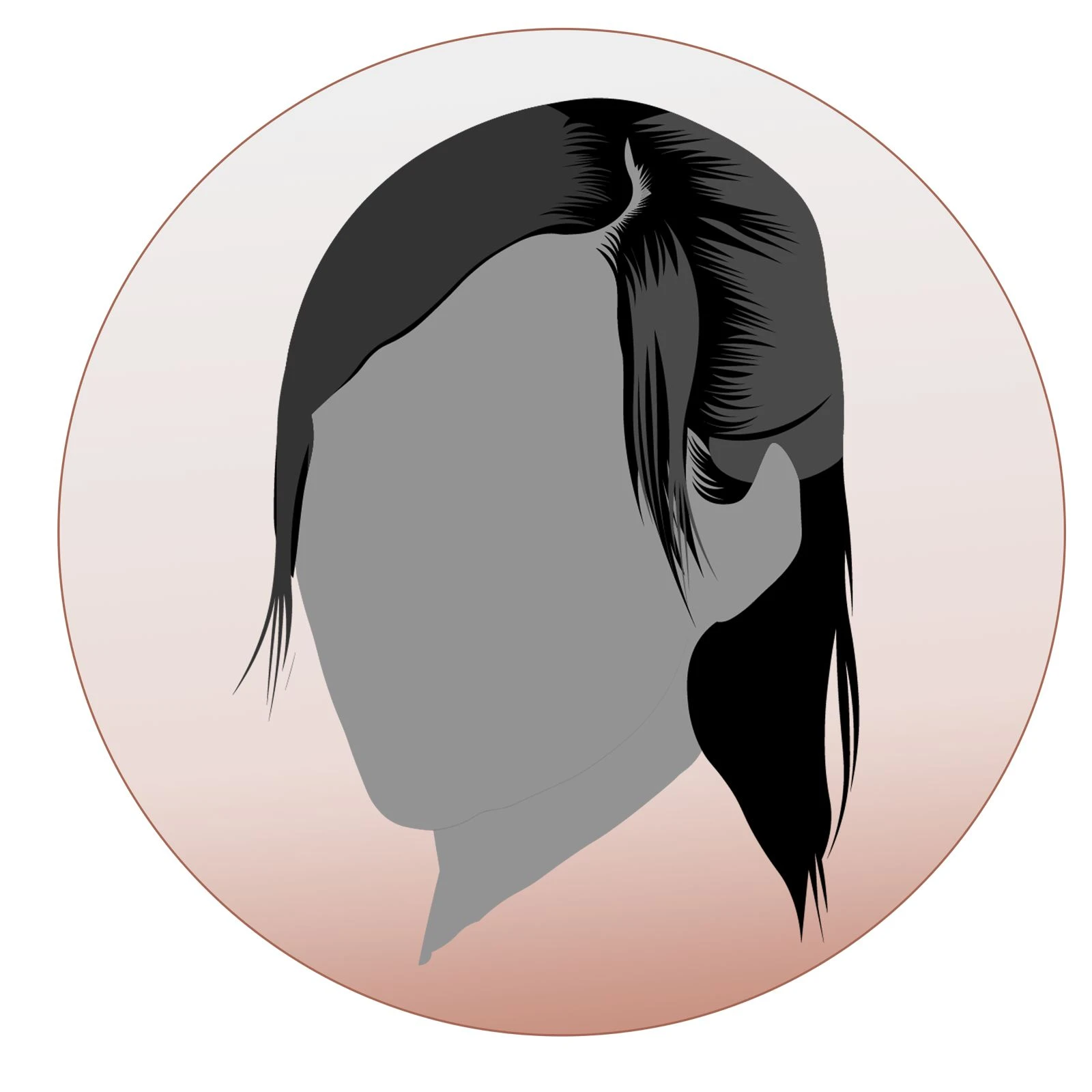
Rhinoplasty Patient
I must say that my experience at this clinic exceeded my expectations in every way possible, especially when it came to my breast implants surgery. The level of professionalism exhibited by every member of the team was truly exceptional.
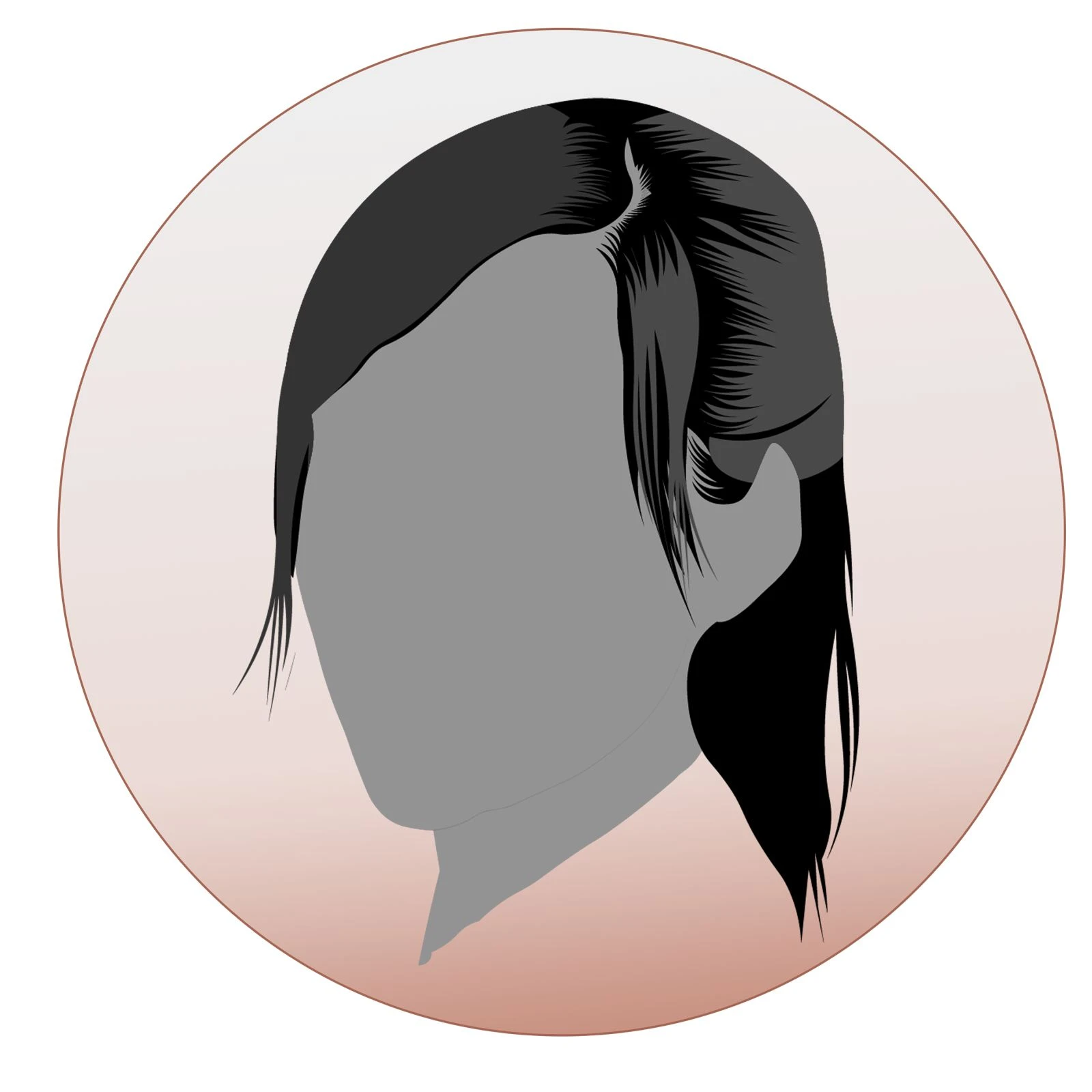
Breast Augmentation Patient
I highly recommend Estetik International for anyone considering plastic surgery. The entire team is fantastic, and they go above and beyond to ensure that their patients are comfortable and well-informed. The procedure was quick and virtually painless, and the results are amazing.
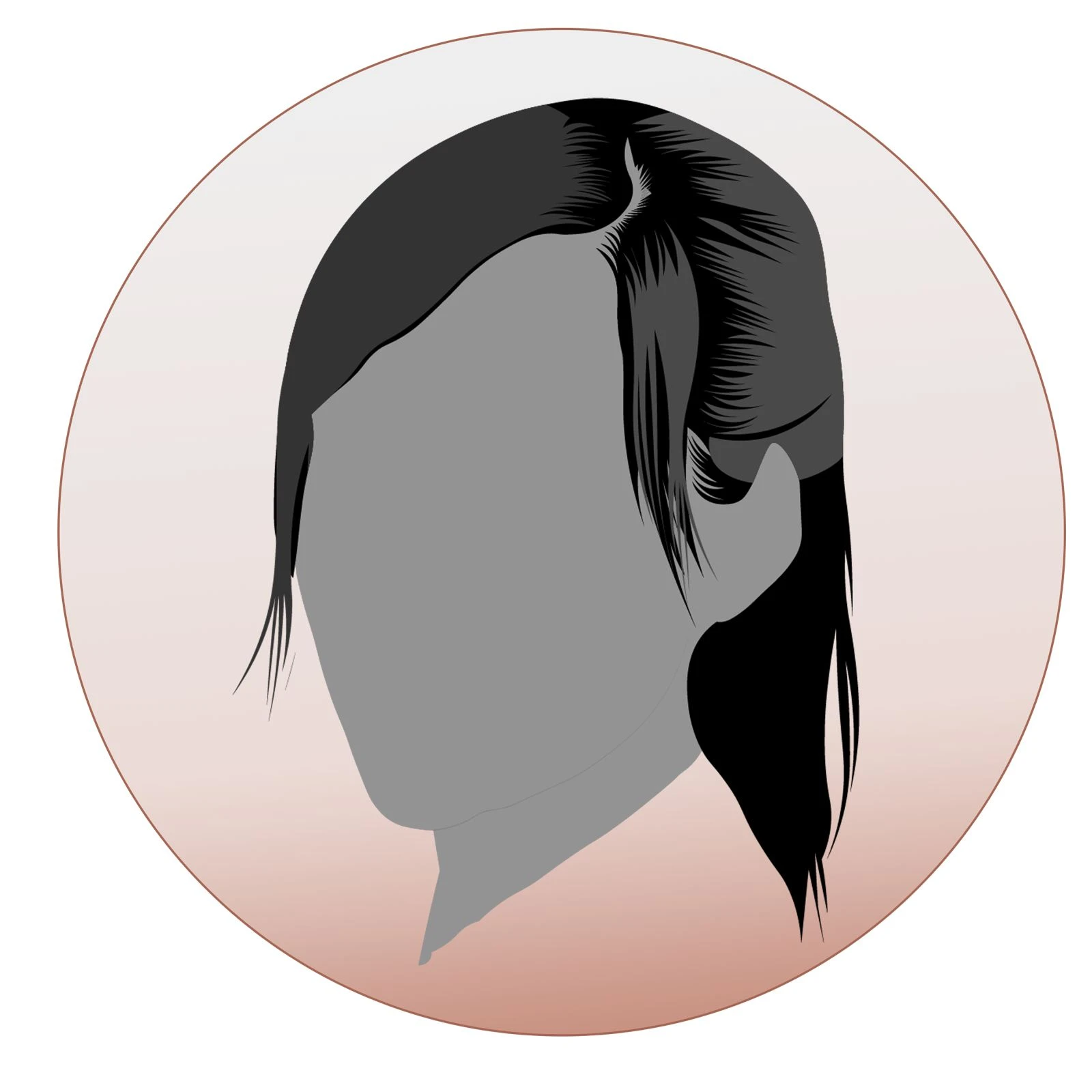
Plastic Surgery Patient
The staff are very professional and friendly. I would love to thank my translator as well. He was very professional and friendly. In the end I want special thanks from my doctor, who was very patient, and special thanks from transportation.
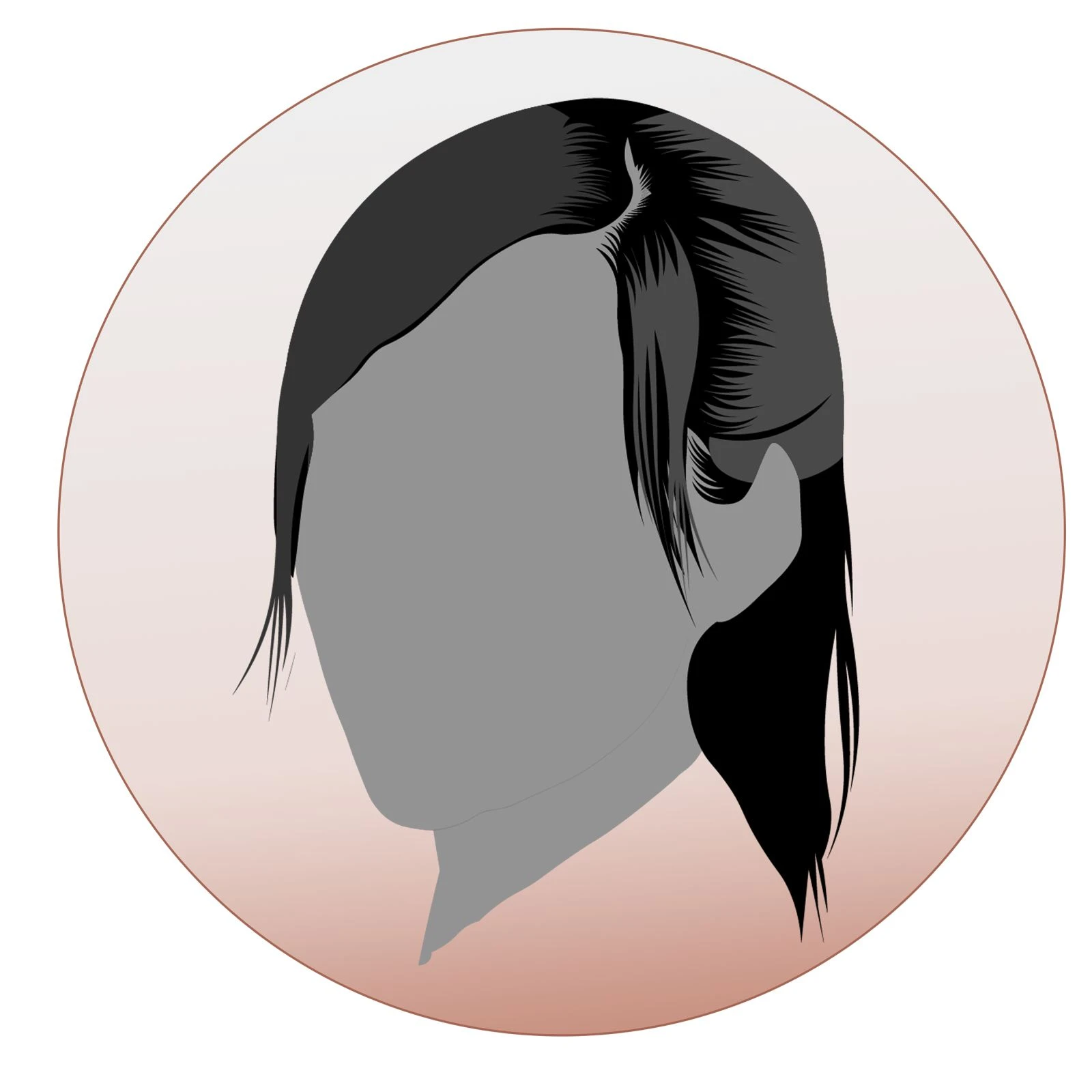
Liposuction Patient
I went to Estetik International for hair transplant.I want to express my deep gratitude to the clinic and staff for professional and high quality work. The whole organization starting from online consultation, preparation for surgery and operation itself was very good.

Hair Transplantation Patient
Absolutely wonderful experience with Estetik International. They treated me like a family and helped me with everything! I am super impressed with the staff and my results and I couldn't be happier with my choice! 10/10!
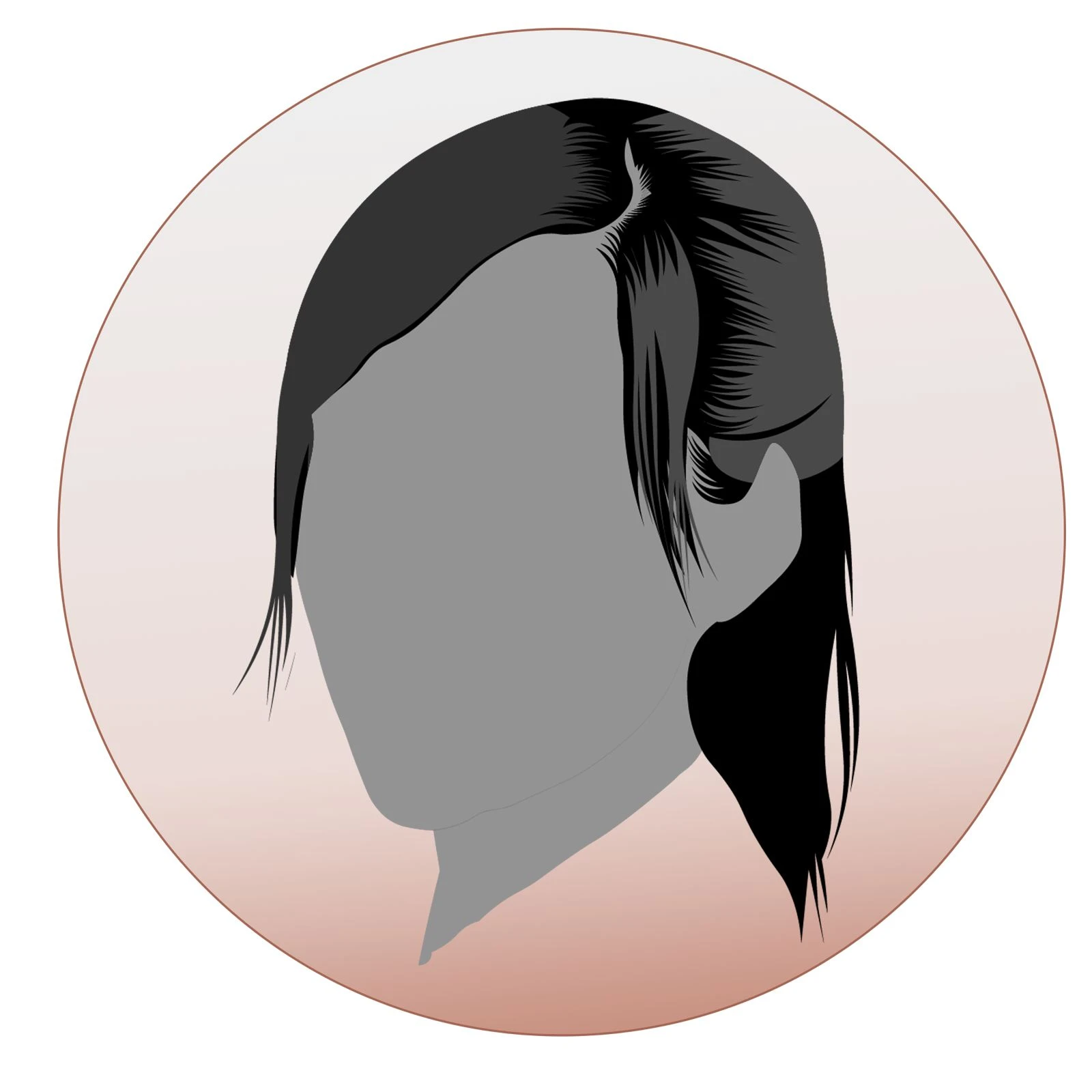
Tummy Tuck Patient
I had a hair transplant in this clinic, I wasn’t expecting the service to be so professional , I really recommend the 5 stars clinic.

Hair Transplant Patient
Best place with friendly people. I believe anyone who walks through those doors is given top service quality for the dollar with a human touch from nurses.
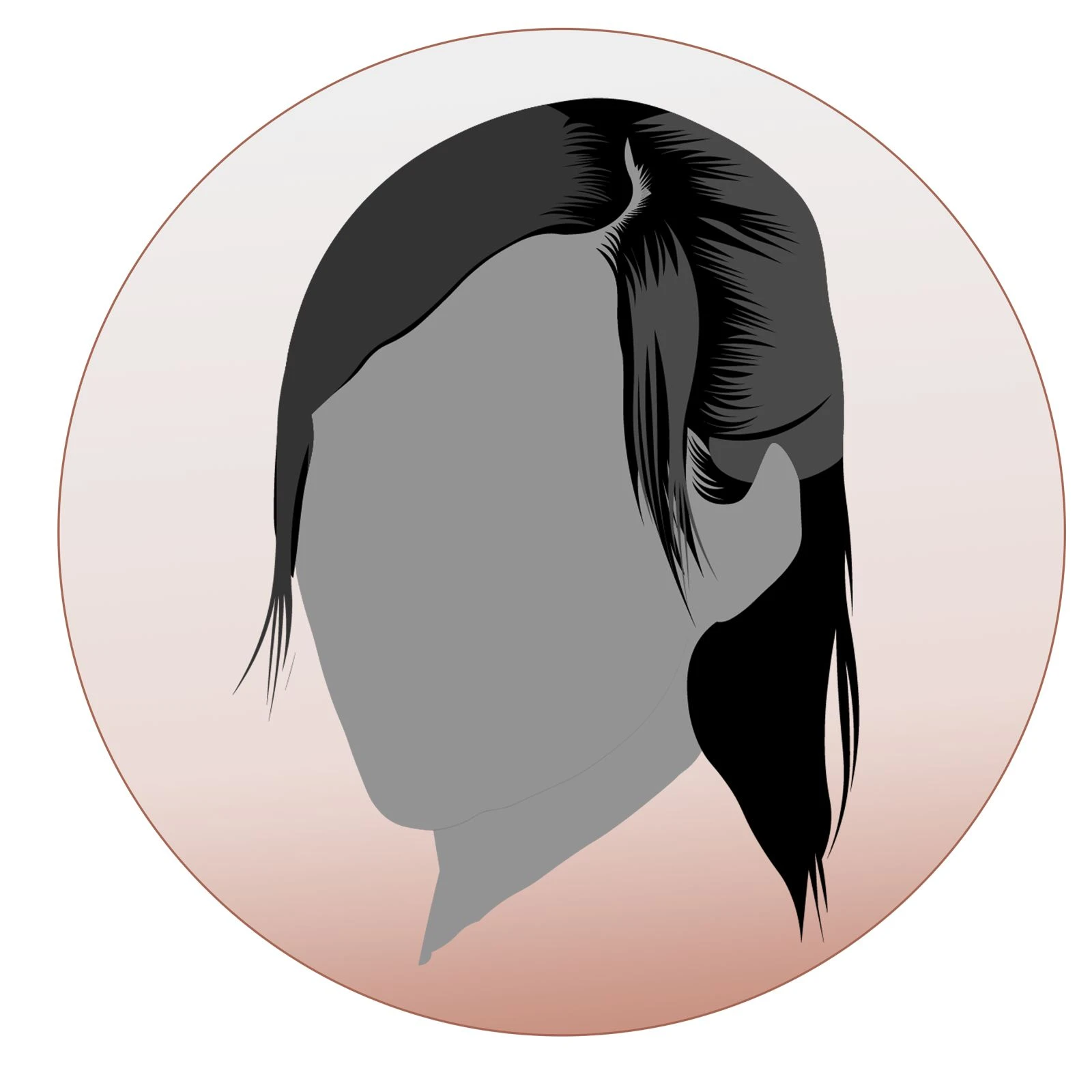
Blepharoplasty Patient
This is the best clinic for hair Transplant in Istanbul. I have my personal experience and I highly recommend this.

Hair Transplant Patient
A plastic surgery and hair transplant clinic in the heart of Istanbul. Modern facility, international staff, amazing and quality services.
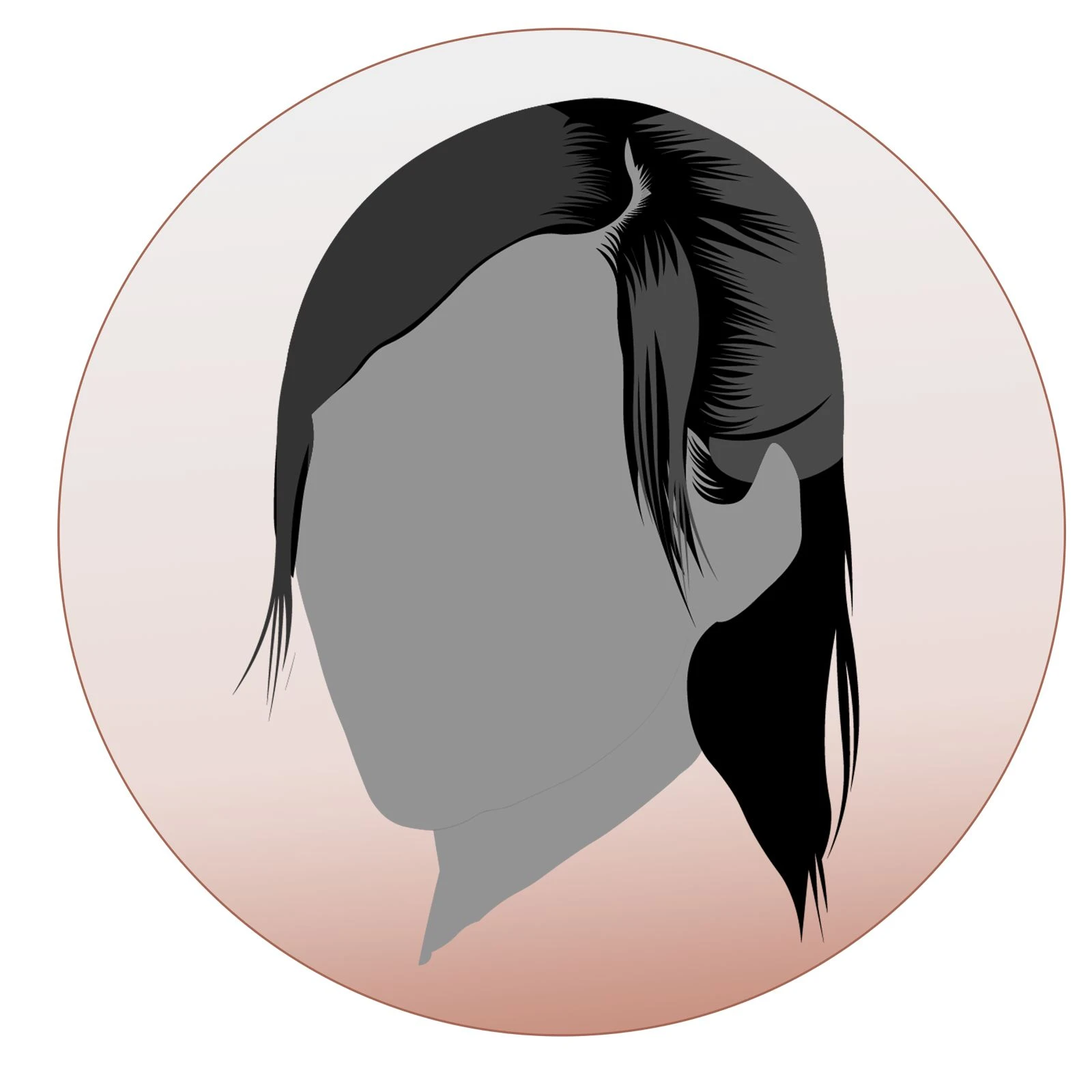
Plastic Surgery Patient
Dr.Bulent is absolutely perfect. He comforted me & provided the treatment that I needed. He makes sure the patients understand the issues & what’s cure.
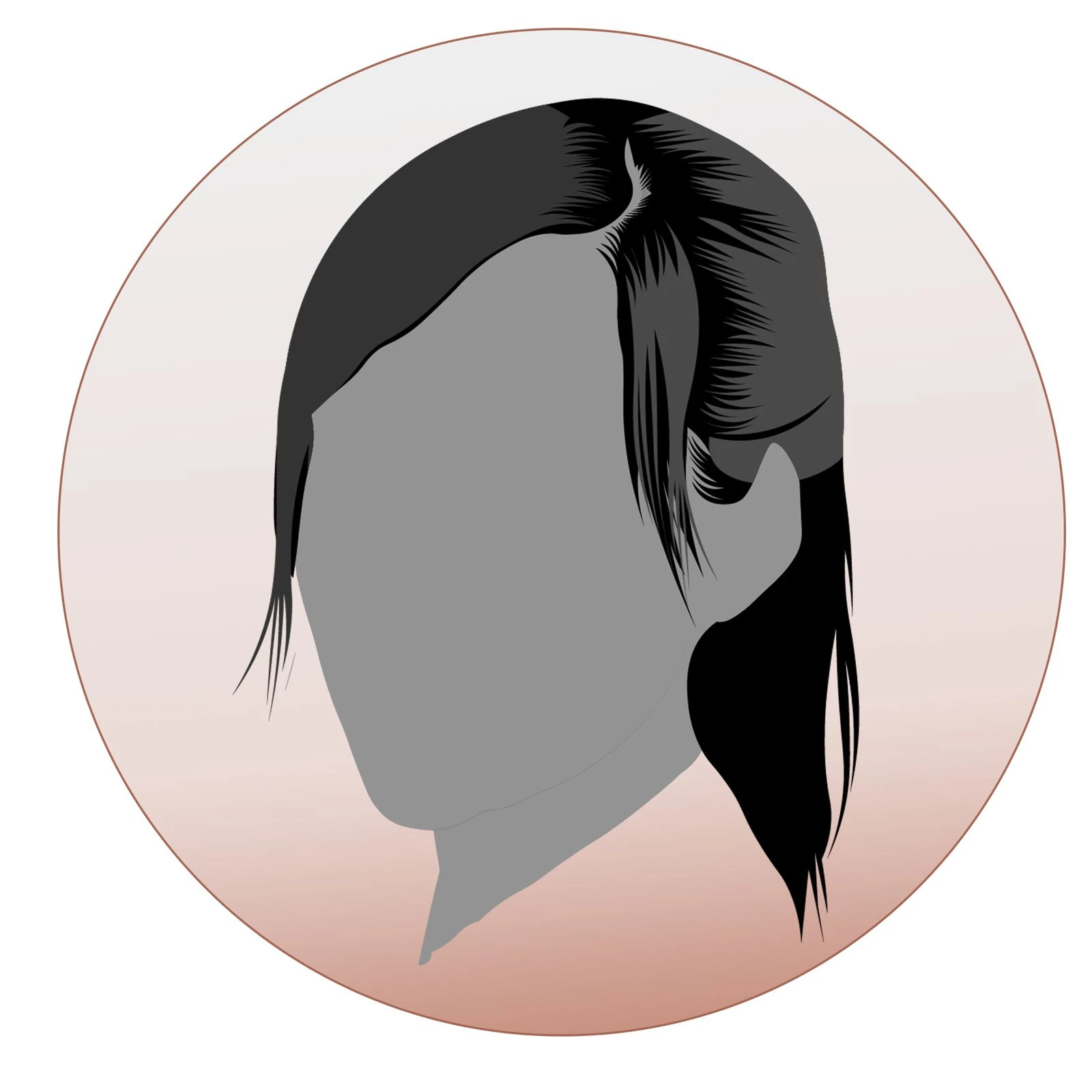
Plastic Surgery Patient
I am so happy with the treatment I received from Estetik International. The results are marvelous and I would gladly recommend everyone.
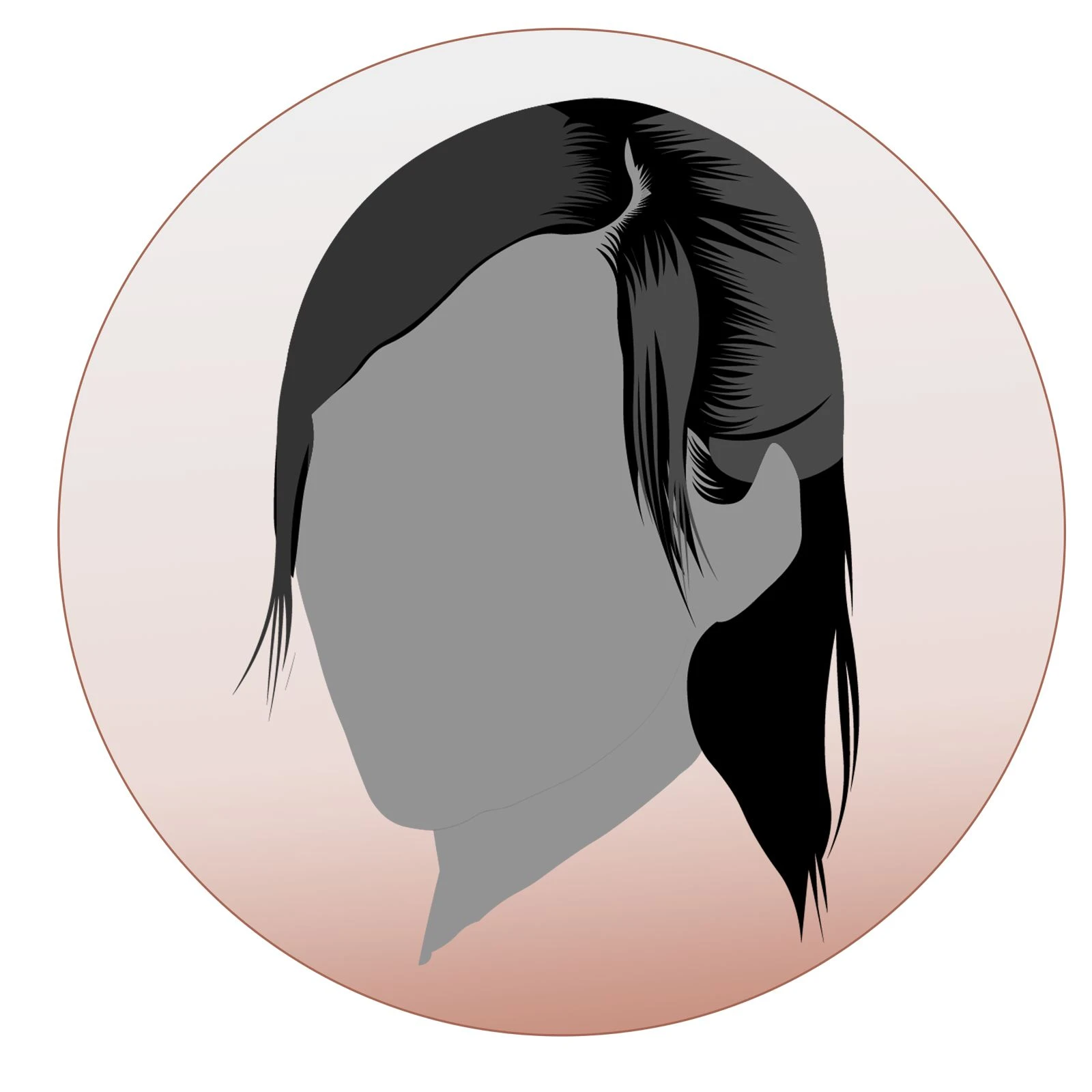
Mommy Makeover Patient
Very good doctor and kind at heart. Gives maximum time to hear patient views. His clinical diagnosis is very sharp. Most of the time he avoids surgery and does not do unnecessary surgeries. Highly recommend it!
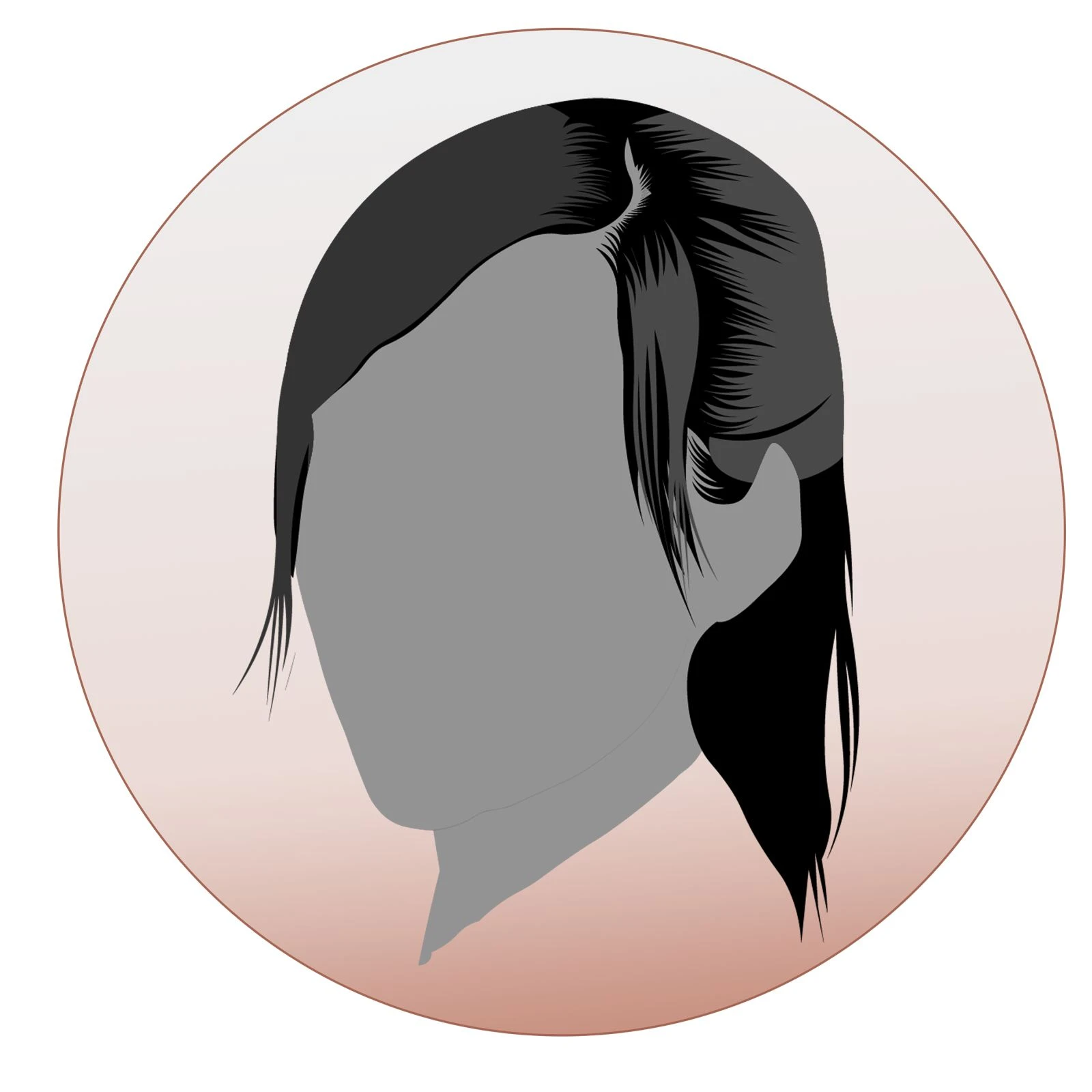
Plastic Surgery Patient

From my first contact with Estetik International I was impressed with their responsiveness and professionalism and the support of my medical consultant, from start to finish. So happy with the results!
Jacqui S
Breast Augmentation Patient